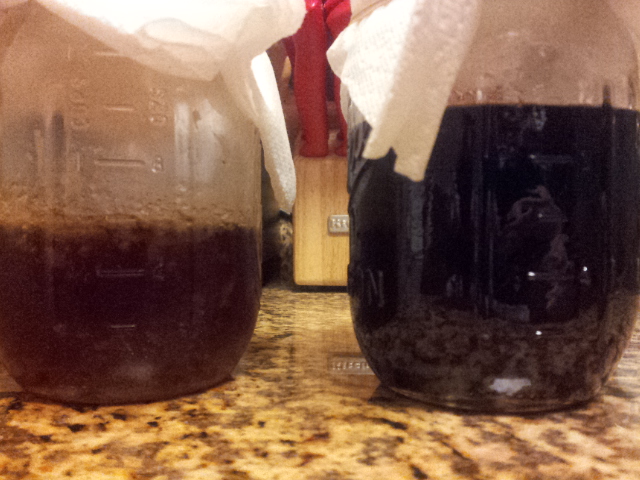TANSTAAFB
Well-Known Member
Yes my understanding is that all these cooked sugars usually ferment out almost completely. Which begs the question of why bother to make these?
In a less flavorful beer like a Belgian ale, they come through but somewhat subdued.
What Belgian beers are you drinking that you consider "less flavorful"? I think many Belgians are some of the most flavorful and complex beers I've ever tasted. The candi syrup is supposed to dry out the beer while contributing to the flavor profile. Of course most of the subtle flavors contributed by the syrup will be overpowered and lost in a porter or a stout...too much roast malt flavors there already. I bet it added a layer of complexity that would be missing if you brewed the same recipe without it though.































![Craft A Brew - Safale S-04 Dry Yeast - Fermentis - English Ale Dry Yeast - For English and American Ales and Hard Apple Ciders - Ingredients for Home Brewing - Beer Making Supplies - [1 Pack]](https://m.media-amazon.com/images/I/41fVGNh6JfL._SL500_.jpg)


























